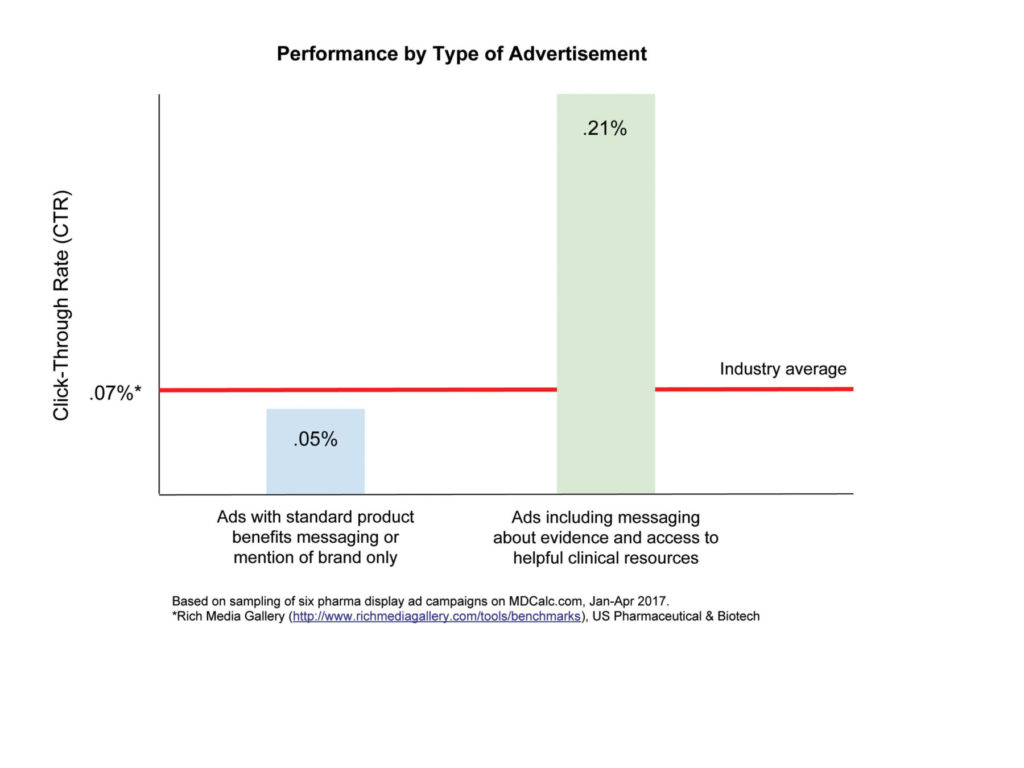Have you ever walked the streets of Cairo? From the moment you arrive, locals identify you as a “rich American” and pounce on you with sales pitches, compliments, invitations to perfume or tea shops, and “free tours” that ultimately aim to sell you unsought goods. Within days your behavior has changed: You avoid making eye contact and try to ignore the incessant calls. You become distrustful of locals, even those offering hospitality.
This is what it feels like to be a doctor in the U.S. The high ROI for our prescription habits results in an industry geared to aggressively sell to us. Paradoxically, prescribers have developed defenses against this marketing onslaught. We flag information from pharma as suspicious and discount its value. We have learned to ignore the flash and not trust stated data, which through experience has left a bad taste in our mouths.
For so long, pharma sales approaches have been high-pressure, and clever statisticians manipulated data to selectively present positive results—or at worst, intentionally misrepresent the truth (e.g., benefits stated in relative terms while risks in absolute; “p-hacking” or taking statistically significant subgroups out of context).
This approach creates severe distrust, yet many pharma advertisers don’t see it. I recently sat on a panel where pharma brand marketers argued the solution for poor physician responsiveness was an even heavier onslaught of brand messaging. But the American tourist doesn’t buy more perfume when you double the perfume salespeople.
Fortunately, there is another approach. Recognize the physicians’ negative reaction as an opportunity to differentiate. Be direct, honest, and clinically relevant.
- Start with the assumption that physicians care about evidence, transparency, and quality care. Help them to answer clinical questions in a contextually relevant and meaningful way.
- Doctors are savvy enough to know when data is misleading. Gain trust by expressing both the benefits and risks in consistent terms. If your drug works better for some patients and not others, explain all of this, or point to independent resources that do.
- Associate with resources that support benefits/risks conversations between providers and patients, rather than emotional appeals for patients to demand meds, which can exacerbate doctor distrust.
Ad campaigns on our HCP medical reference that followed this approach performed measurably better—when using a standard metric such as CTR to assess engagement—than those that did not, as shown in Figure 1.
 So the next time you’re crafting a campaign, remember Cairo—and build messaging that provides clear, honest, and balanced information. Take the first step to add trust back into the relationship and prescribers will reward you for it!
So the next time you’re crafting a campaign, remember Cairo—and build messaging that provides clear, honest, and balanced information. Take the first step to add trust back into the relationship and prescribers will reward you for it!








